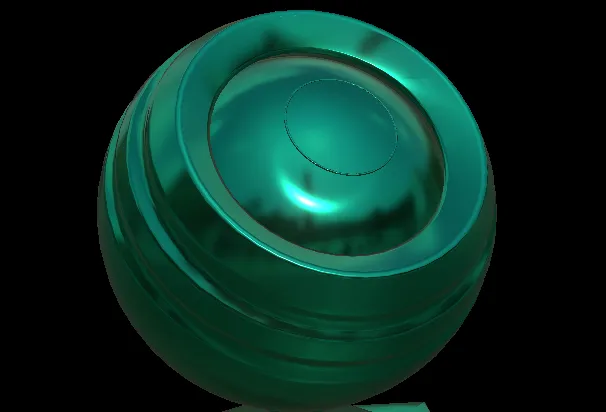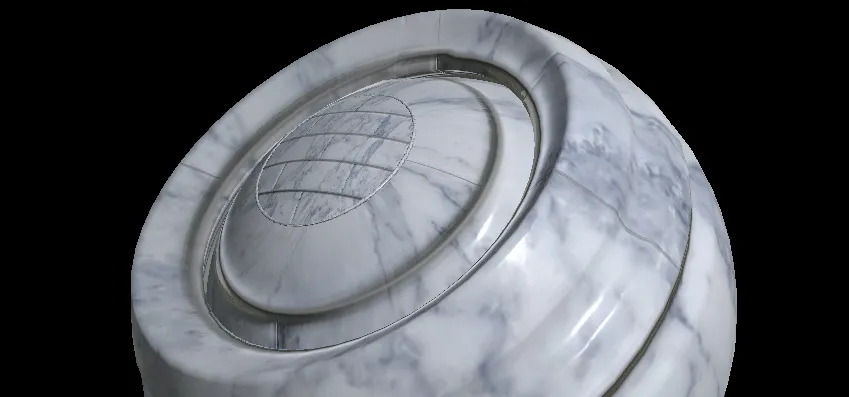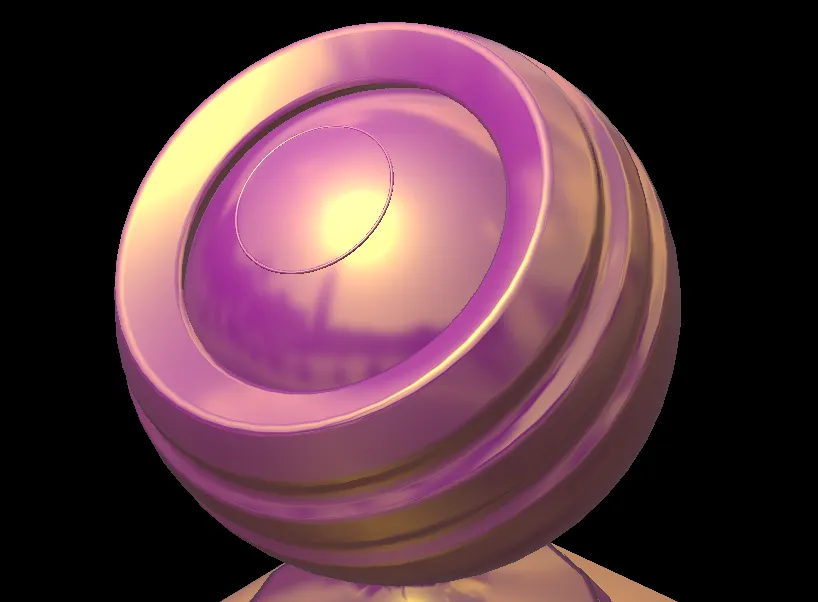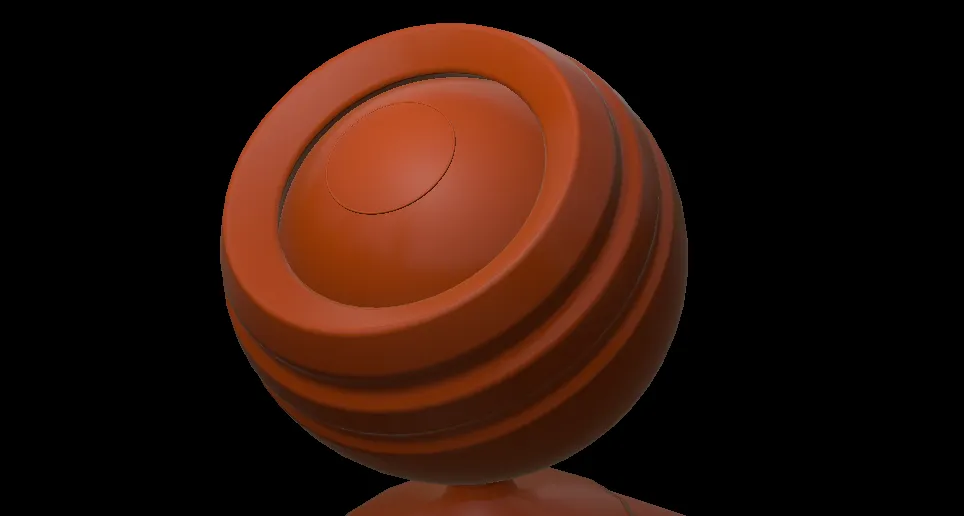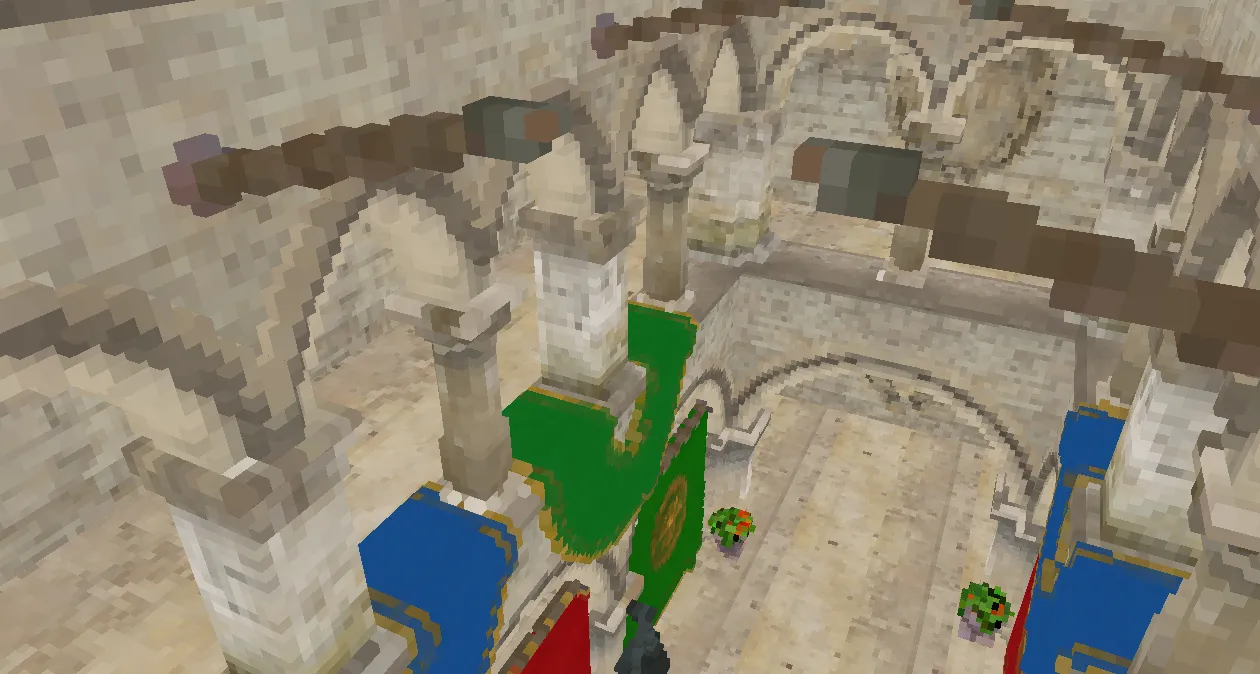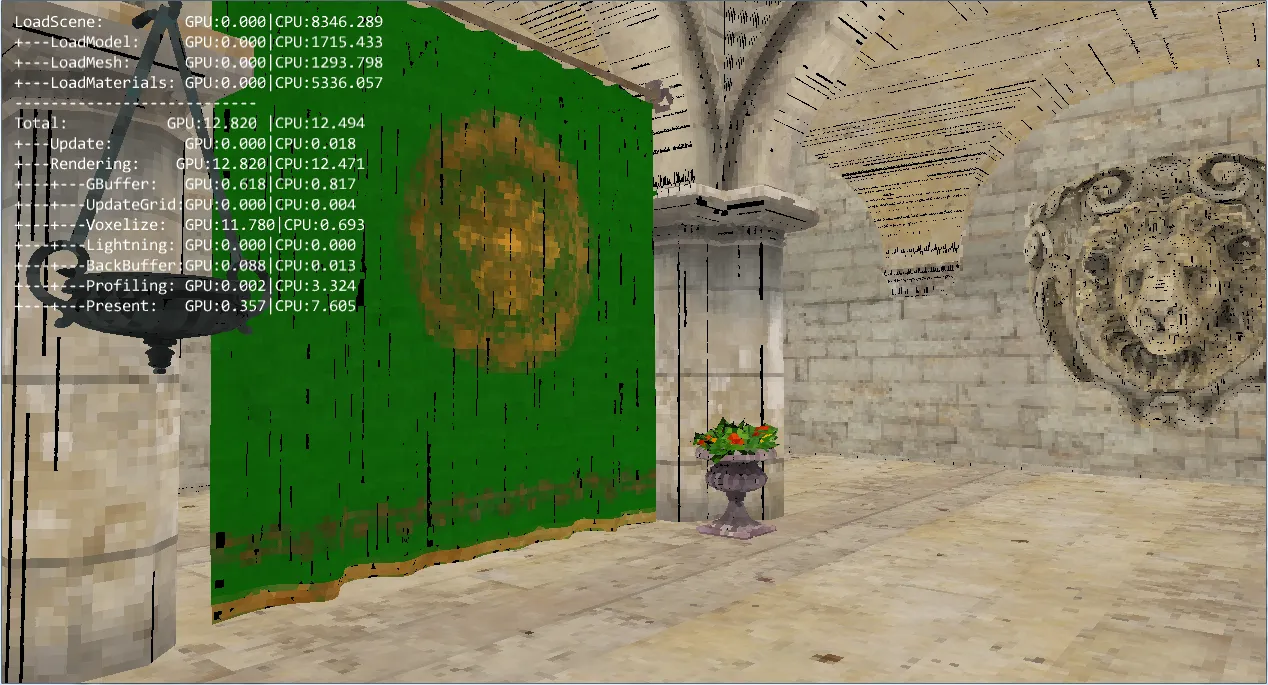Improved shadows using dithering and temporal supersampling
To be able to implement volumetric lights I had to start with shadows for the sun light. As it wasn’t my primary focus I went for a straightforward shadow map implementation on a 2k texture. It’s easy and quick to code, but yeah, the results are ugly. I didn’t planned to implement a more advanced shadow map technique anytime soon, but I also didn’t want to stay with those ultra pixaleted shadows, so I tried to apply my two current favorite techniques: dithering and temporal supersampling :). Let see what it can do !
